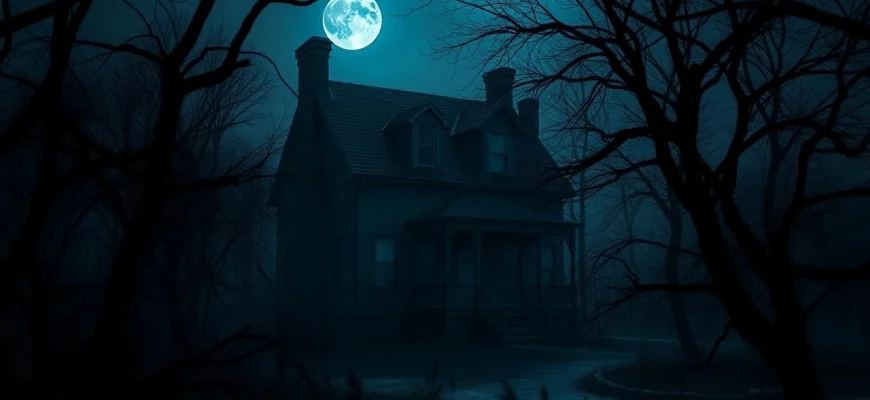If you enjoyed the chilling suspense and eerie atmosphere of 'The House Next Door' (2006), you're in for a treat! This article explores 10 similar movies and shows that deliver the same spine-tingling thrills, psychological tension, and supernatural elements. Whether you're a fan of haunted houses, psychological horror, or just love a good scare, this list will keep you on the edge of your seat. Dive in to discover your next favorite horror flick or binge-worthy series!
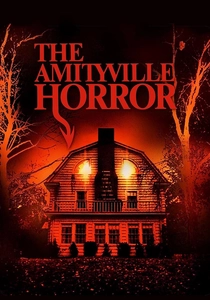
The Amityville Horror (1979)
Description: Shares the 'family moving into haunted house' premise with 'The House Next Door'. Both films explore how supernatural forces affect family dynamics and mental health. The gradual descent into terror in both films creates similar unsettling atmospheres.
Fact: Based on allegedly true events. The real Amityville house still stands and is privately owned. The film's iconic 'red room' was inspired by the book's descriptions.
 Watch Now
Watch Now 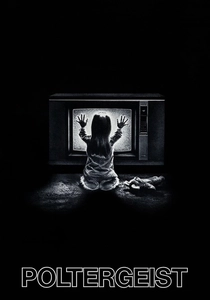
Poltergeist (1982)
Description: Like 'The House Next Door', this film shows a family's home turning against them with supernatural phenomena. Both blend psychological terror with physical manifestations of horror. The suburban setting makes the supernatural elements more unsettling in both films.
Fact: Steven Spielberg co-wrote the screenplay. The film sparked rumors of a 'curse' due to cast tragedies. Special effects pioneer Richard Edlund created many of the film's iconic visuals.
 Watch Now
Watch Now 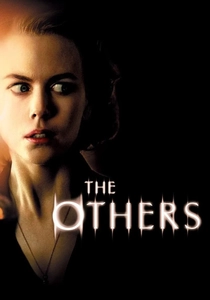
The Others (2001)
Description: Similar to 'The House Next Door' in its slow-burning psychological horror and eerie atmosphere. Both films explore themes of isolation and supernatural occurrences within a home setting. The twist endings in both films also leave audiences questioning reality.
Fact: Nicole Kidman's performance was critically acclaimed. The film was shot almost entirely in natural light to enhance its ghostly ambiance. Director Alejandro Amenábar also composed the film's score.
 Watch Now
Watch Now 
The Orphanage (2007)
Description: Like 'The House Next Door', this Spanish horror film combines supernatural elements with deep emotional storytelling. Both feature protagonists investigating mysterious occurrences in a home. The atmospheric dread and tragic undertones are similar in both films.
Fact: Produced by Guillermo del Toro. The director's debut feature film. Used mostly practical effects for its ghostly appearances.
 Watch Now
Watch Now 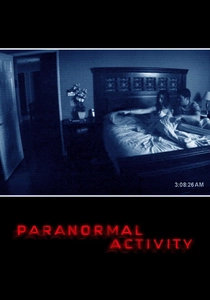
Paranormal Activity (2007)
Description: Both films use the 'haunted home' premise with escalating supernatural events. The found footage style of 'Paranormal Activity' creates a similar sense of realism and intimacy with the horror as 'The House Next Door'. Both focus on how ordinary domestic spaces can become terrifying.
Fact: Made on a budget of just $15,
 Watch Now
Watch Now 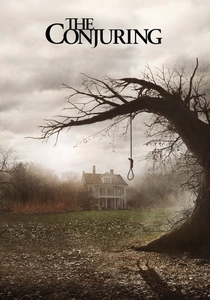
The Conjuring (2013)
Description: Shares the haunted house theme with 'The House Next Door', focusing on a family terrorized by supernatural forces. Both films use tension-building techniques and jump scares effectively. The investigative angle (paranormal researchers in 'The Conjuring') mirrors the curiosity-driven protagonists in 'The House Next Door'.
Fact: Based on real-life paranormal investigators Ed and Lorraine Warren. The film spawned a successful franchise. Director James Wan used practical effects for many scares.
 Watch Now
Watch Now 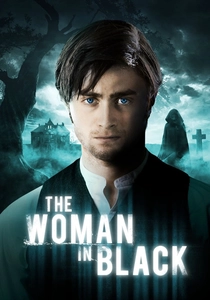
The Woman in Black (2012)
Description: Shares the gothic horror atmosphere and haunted house theme with 'The House Next Door'. Both feature protagonists uncovering dark secrets about a property. The visual style and period setting create a similarly eerie mood.
Fact: Daniel Radcliffe's first major post-Harry Potter role. Based on Susan Hill's 1983 novel. The film uses minimal CGI, relying on practical effects.
 Watch Now
Watch Now 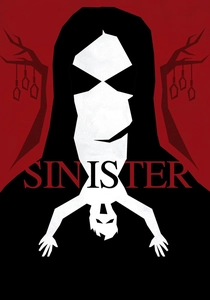
Sinister (2012)
Description: Like 'The House Next Door', this film explores the horror of discovering dark secrets about one's new home. Both feature families unaware of the supernatural danger they've moved into. The found footage elements in 'Sinister' create a similar sense of voyeuristic terror as the unseen threats in 'The House Next Door'.
Fact: Ethan Hawke's character was originally written as younger. The creepy home videos were inspired by real snuff film myths. The film's villain, Bughuul, is based on ancient Mesopotamian mythology.
 Watch Now
Watch Now 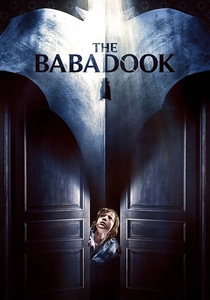
The Babadook (2014)
Description: Both films explore psychological horror through the lens of family dynamics in a haunted home. The metaphorical aspects of 'The Babadook' (grief as a monster) parallel the psychological depth in 'The House Next Door'. Both use domestic spaces to amplify their horror.
Fact: The Babadook book featured in the film was created by the director. Became a LGBTQ+ icon unexpectedly. The film's sound design was crucial to its unsettling atmosphere.
 Watch Now
Watch Now 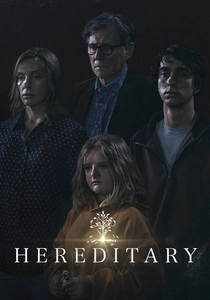
Hereditary (2018)
Description: Shares with 'The House Next Door' a focus on family trauma manifesting as supernatural horror. Both films build dread gradually before explosive third acts. The intricate production design in both creates unsettling domestic spaces.
Fact: Toni Collette's performance was widely praised. Director Ari Aster drew from personal grief experiences. The miniature artworks in the film were all created specifically for it.
 Watch Now
Watch Now 
